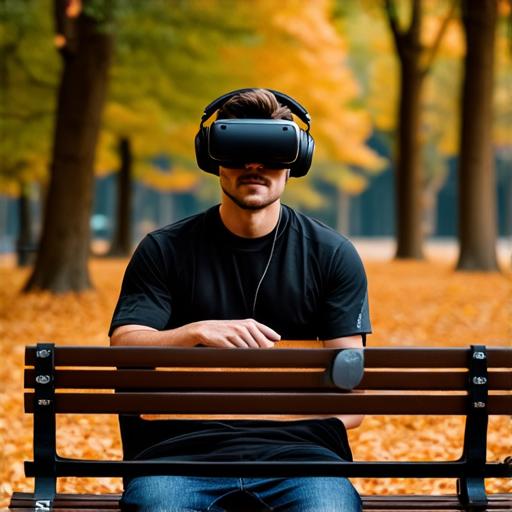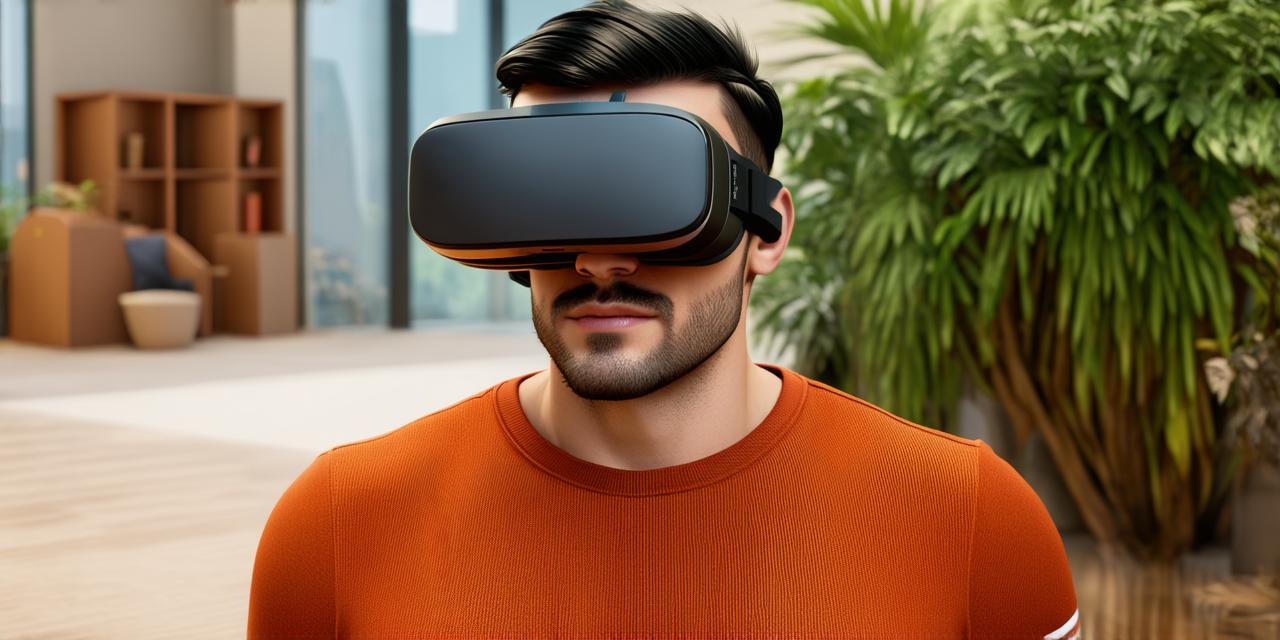Anxiety disorders are one of the most common mental health conditions, affecting millions of people worldwide. These disorders can range from mild to severe and can significantly impair an individual’s daily functioning. While there are several treatment options available for anxiety disorders, such as cognitive-behavioral therapy (CBT) and medication, exposure therapy has emerged as a promising approach that can be particularly effective in treating certain types of anxiety.
What is Virtual Reality Exposure Therapy?
Virtual reality exposure therapy involves exposing individuals with anxiety disorders to a simulated environment that replicates the feared or stressful situation in a controlled and safe manner. The virtual environment can be customized to suit the specific needs of each individual, allowing for personalized exposure to the stimuli that trigger their anxiety. The goal of VRET is to gradually expose individuals to increasingly challenging situations while providing them with support and guidance from a therapist or trained professional.

The benefits of Virtual Reality Exposure Therapy
Virtual reality exposure therapy offers several advantages over traditional exposure therapy methods, which often involve in vivo (real-life) exposure to the feared stimuli. These include:
- Safety: VRET allows individuals to confront their fears in a safe and controlled environment, reducing the risk of harm or retraumatization.
- Flexibility: Virtual reality technology can be used to create highly realistic simulations of any type of setting, allowing for a wide range of exposure scenarios to be presented.
- Customizability: The virtual environment can be tailored to suit the specific needs and fears of each individual, ensuring that the exposure is as personalized and effective as possible.
- Cost-effectiveness: VRET may be more cost-effective than traditional in vivo exposure therapy, as it does not require access to specialized facilities or equipment.
- Improved engagement: Virtual reality technology can make exposure therapy more engaging and immersive, which may enhance the therapeutic effectiveness of the treatment.
Types of Anxiety Disorders that can be treated with VRET
Virtual reality exposure therapy has been shown to be effective in treating a range of anxiety disorders, including:
- Social anxiety disorder (SAD): Individuals with SAD may benefit from VRET exposure to social situations, such as public speaking or attending social events.
- Specific phobias: VRET can be used to expose individuals with specific phobias, such as acrophobia (fear of heights), to the feared stimulus in a controlled environment.
- Post-traumatic stress disorder (PTSD): VRET has been used to treat PTSD by exposing individuals to traumatic memories or situations in a safe and controlled manner.
- Generalized anxiety disorder (GAD): Virtual reality exposure therapy can be used to expose individuals with GAD to a range of feared situations, such as being in crowded places or traveling.
Conclusion
Virtual reality exposure therapy is a promising approach for treating anxiety disorders. The use of virtual reality technology allows for highly personalized and immersive exposure to feared stimuli in a safe and controlled environment. While more research is needed to fully understand the effectiveness and limitations of VRET, it holds great promise as a treatment option for a range of anxiety disorders. If you or someone you know is struggling with an anxiety disorder, virtual reality exposure therapy may be a valuable treatment option to consider.



